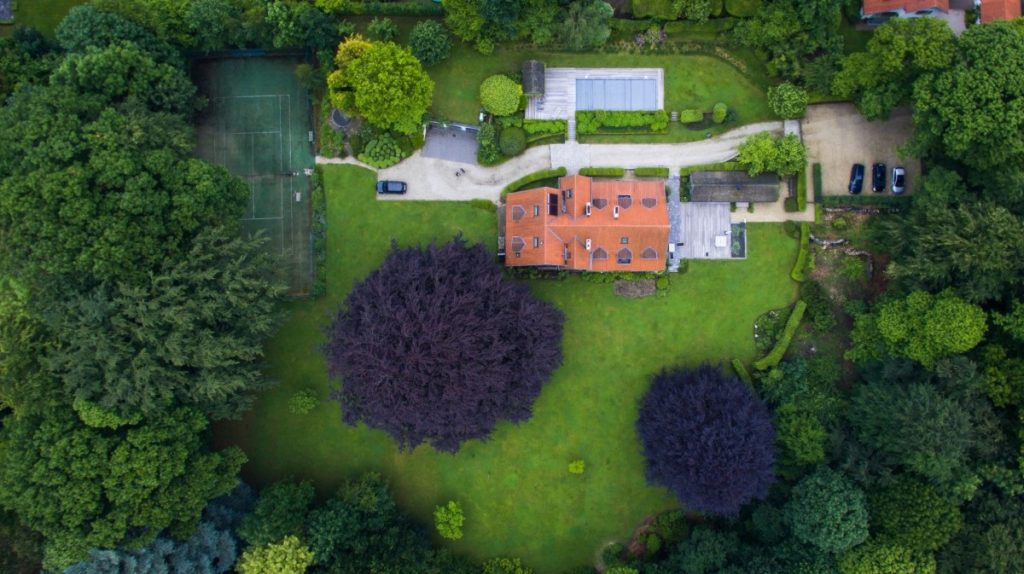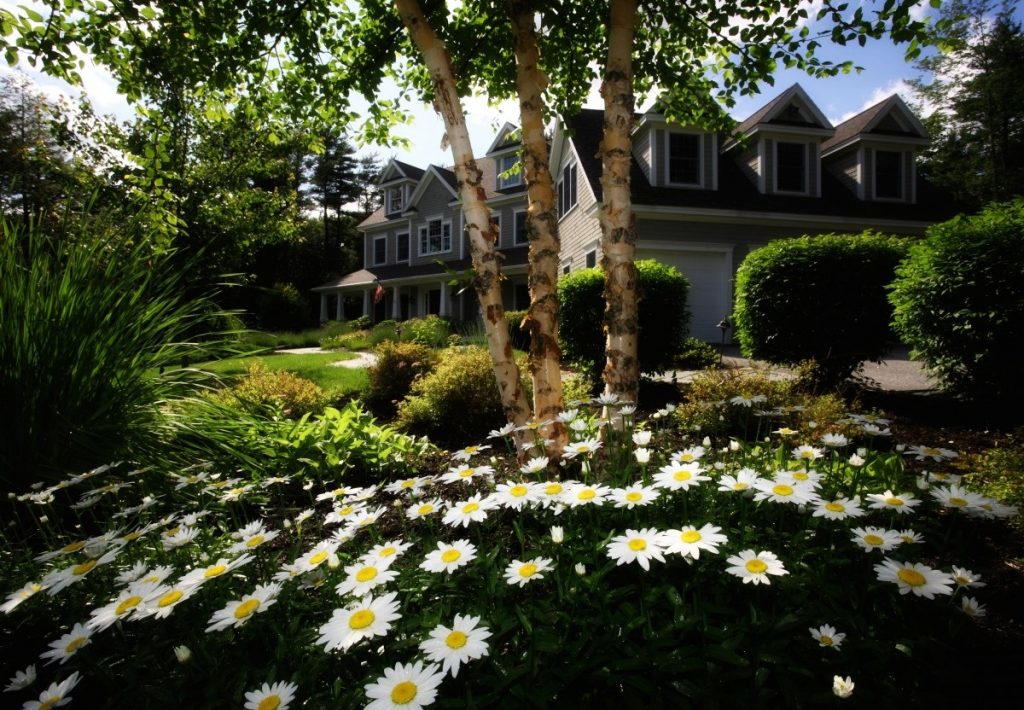Building edifications on a plot that has pre-existing plants requires an analysis that nobody should take lightly. Many times – by concentrating exclusively on issues of architecture, budget, and time – the distribution of the vegetation is neglected by the builders, just to achieve harmony of the other elements, but the building and its environment are crucial too.
There are several practices, such as conservation, transplants, pruning, felling, maintenance of green spaces, etc. that must be known and considered in advance to make better decisions.
This article was prepared with the collaboration of an expert Tree surgeon from Edinburg and seeks to make the reader reflect on what should be done with trees on a construction site: Should they be uprooted or cut down and left to dry?
The Trees can be your Best Allies

Vegetation can be an excellent environmental ally that provides multiple benefits to urban urbanism. One of the main questions that arise when building houses is the following: What to do with the trees that are nearby?
Whether the construction is carried out in an open or closed neighborhood, it is usual that in the lot, plot, or land of the project there is some type of forest on which it is necessary to decide what to do.
Although there are architects who argue that it is necessary to root them out to avoid future problems in the foundations of the new home; others maintain that this is not necessary. It can be enough to simply cut them and let them dry and decompose, thus contributing their nutrients to the soil.
But those are not the only options that exist. Some organizations defend the idea of protection and conservation of trees and also defend the implementation of alternative solutions when undertaking the task of building in spaces where plants exist.
Many times the works need all the trees to be removed and others only require periodic maintenance of pruning and watering so that they do not have to look for water beyond their perimeter and thus control their developments.
Rethinking what to do with the surrounding vegetation in building projects is necessary to make the best choice in each case.
Urban reforestation

Planting tree species does not have to be an impromptu action, there are a few practical considerations to take when reforesting the field on site.
Our friends at Arborist Direct Edinburgh know how complex this process can be, which is why they have shared with us these important recommendations to keep in mind:
- Avoid placing plants in spaces near foundations and gas, water, sewage, irrigation, or electricity pipes.
- Before planting trees or shrubs, it is key to know what volume they will develop when they complete their growth after several years. We suggest searching the internet for adult species and projecting growth. It is also essential to know the types of soils, the hydric and thermal regime of the region, etc. to guide the choice towards species more compatible with the place.
- If you want to have green leaves during the four seasons, avoid choosing deciduous trees, since they generally lose their leaves in autumn-winter. Another related issue is the location of the pool on the ground, since if the tree is defoliated in winter all its leaves will fall on the pool. As long as a tree is evergreen it would not affect the pool.
- Keep in mind that evergreen trees when growing can interfere with their shade from the little sunlight that arrives in winter.
In summary, when carrying out urban reforestation and distributing the trees on the ground, aesthetic and functional qualities you must consider the specific shape, foliage behavior, susceptibility to pests and diseases, size, magnitude, growth speed, longevity, resistance to frost, presence of flowers, type of fruits, presence of thorns, allergenic character, etc.
